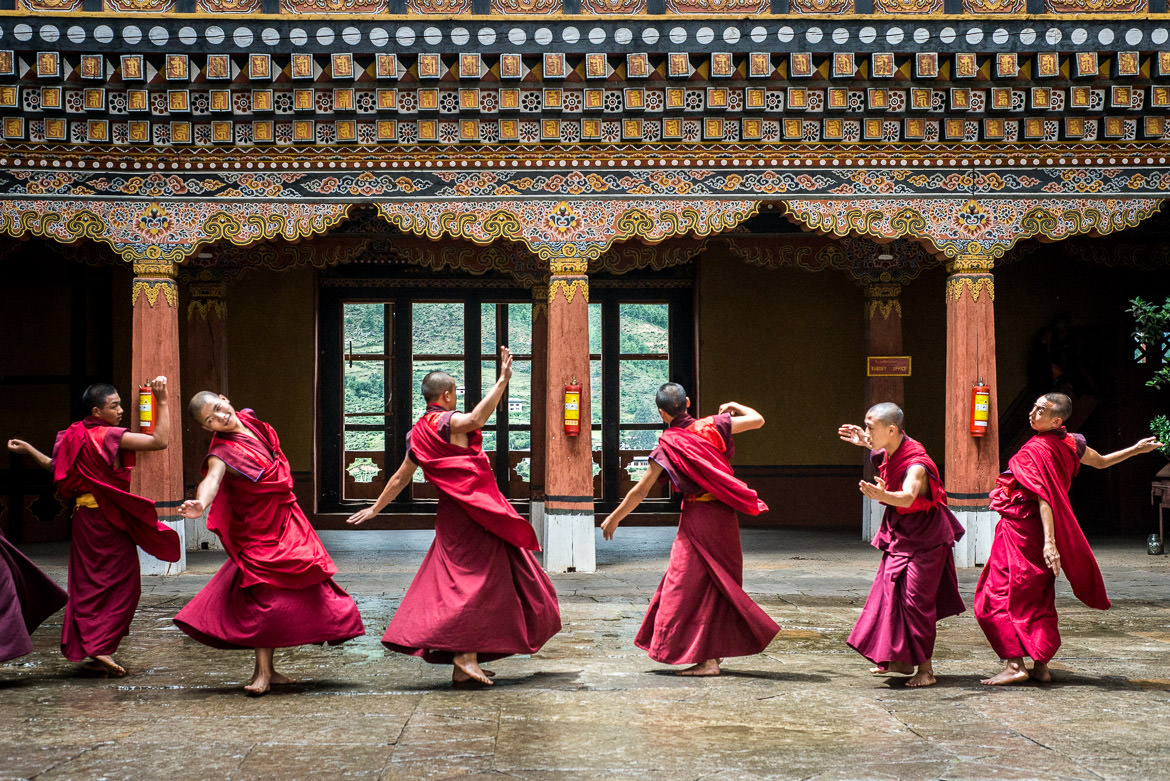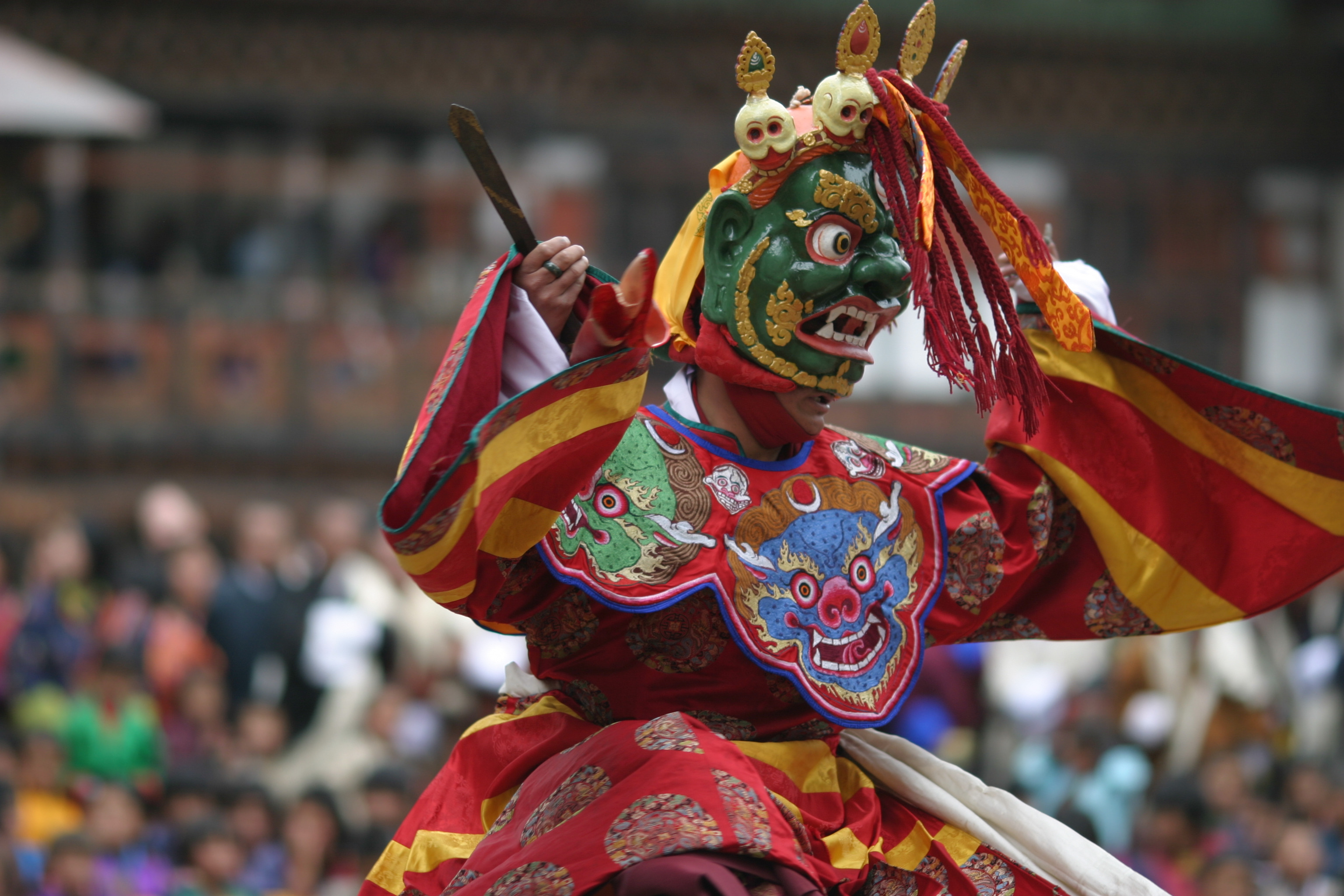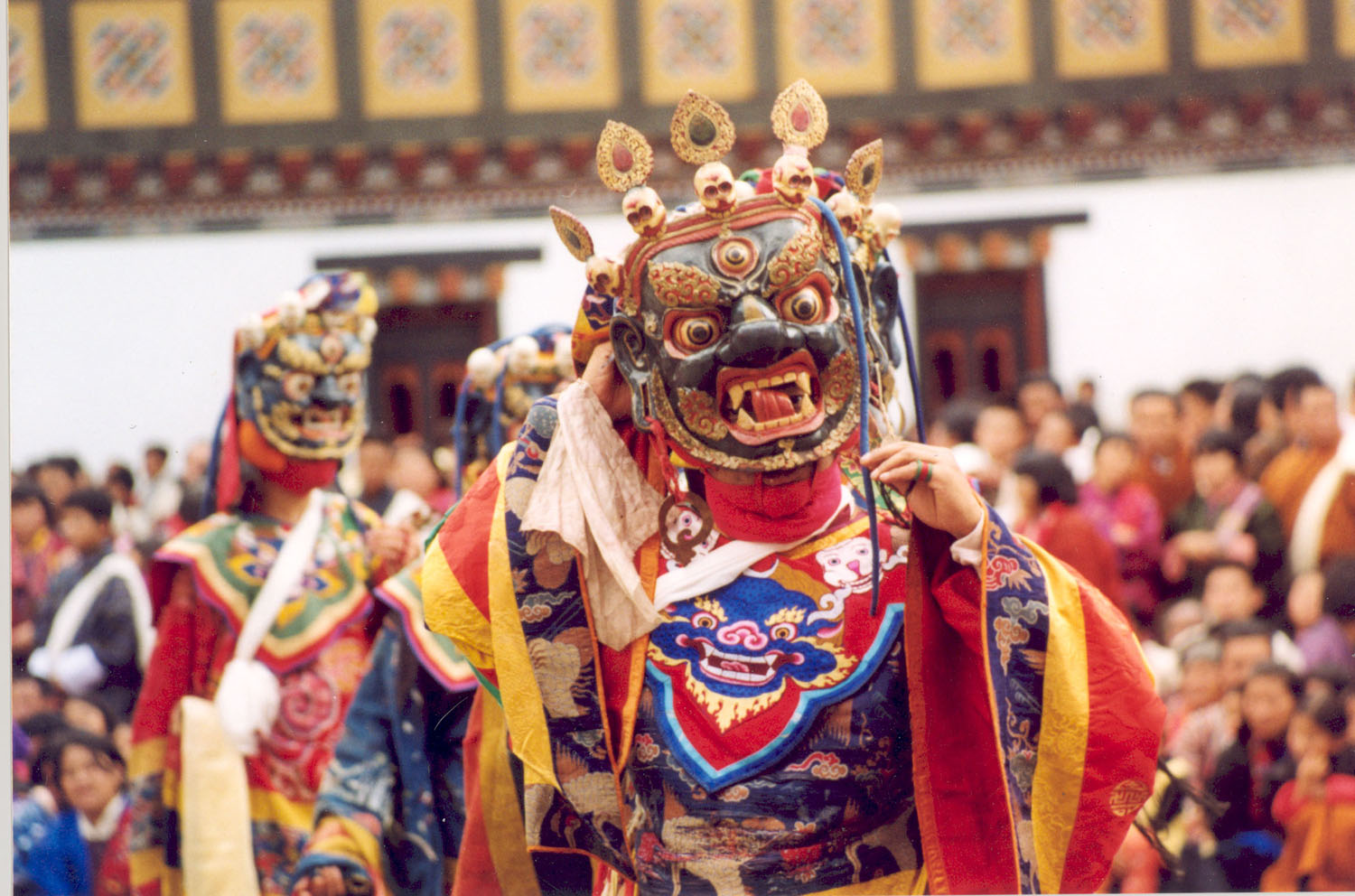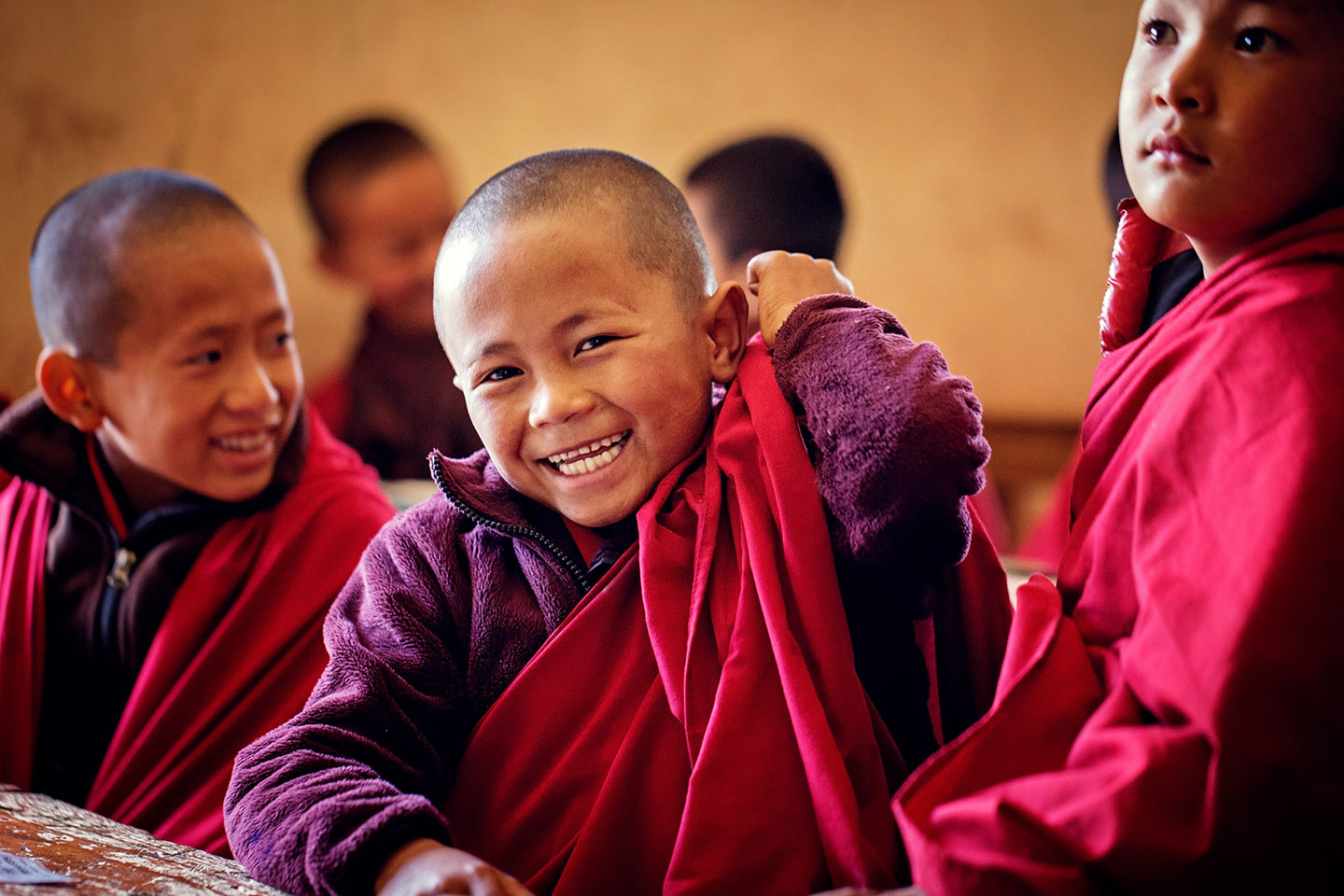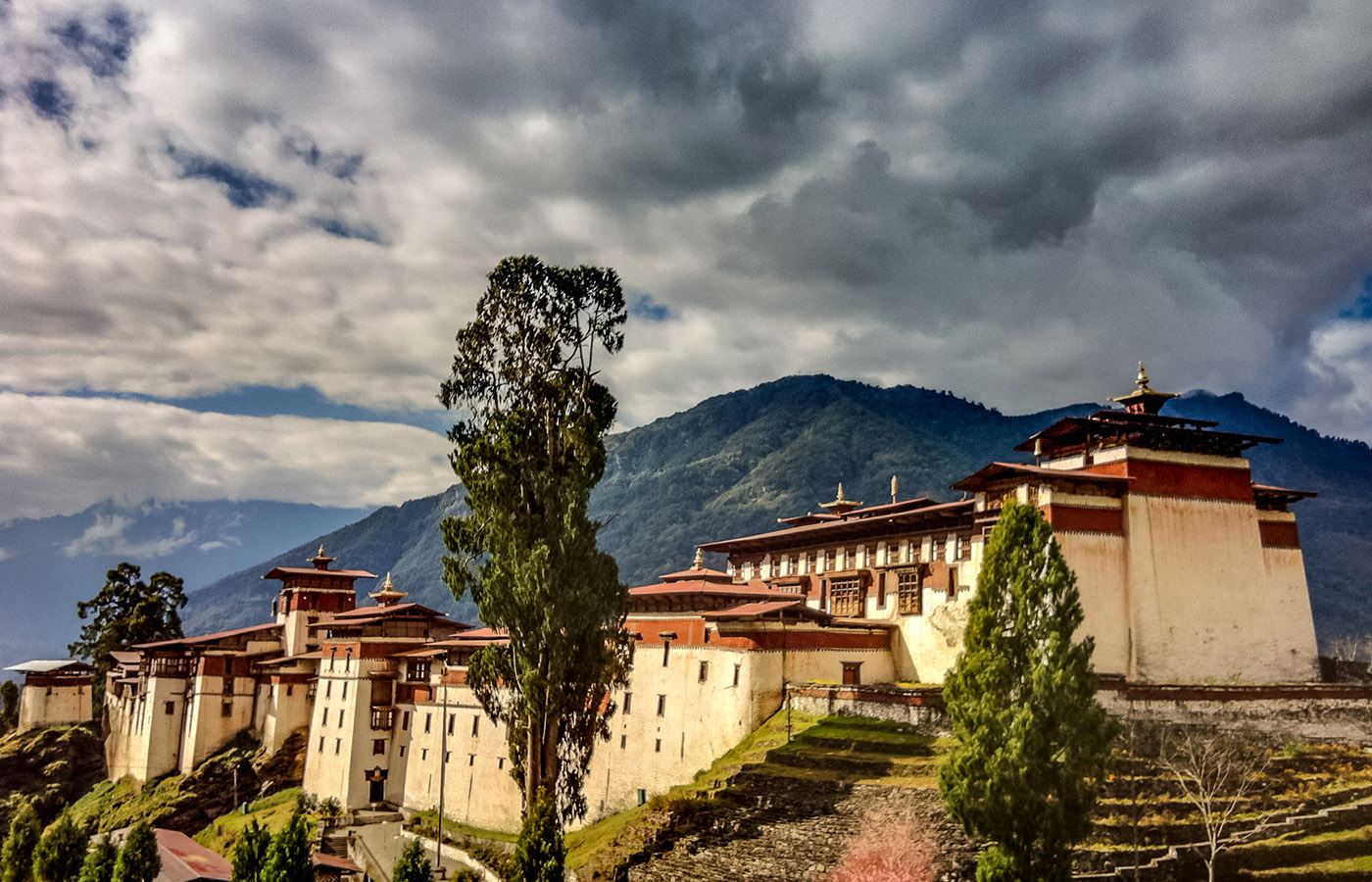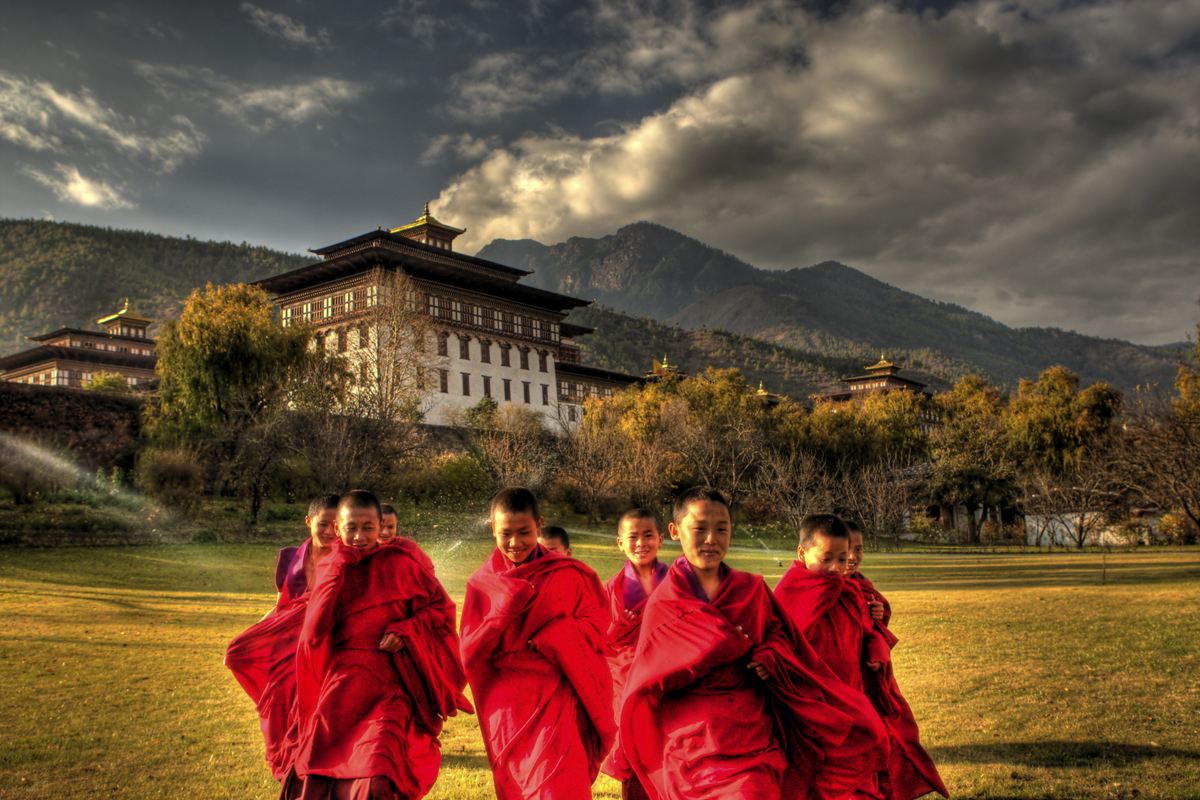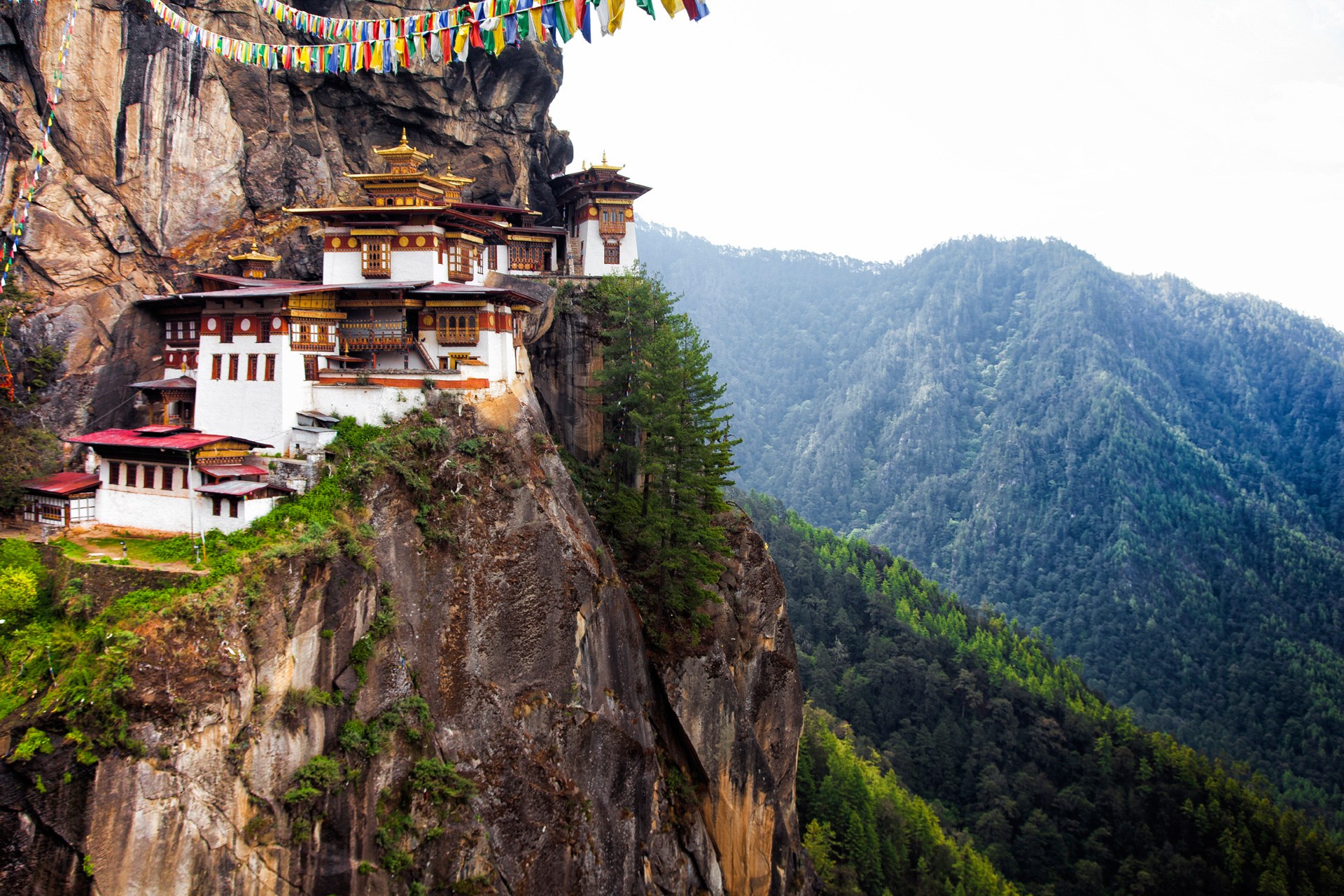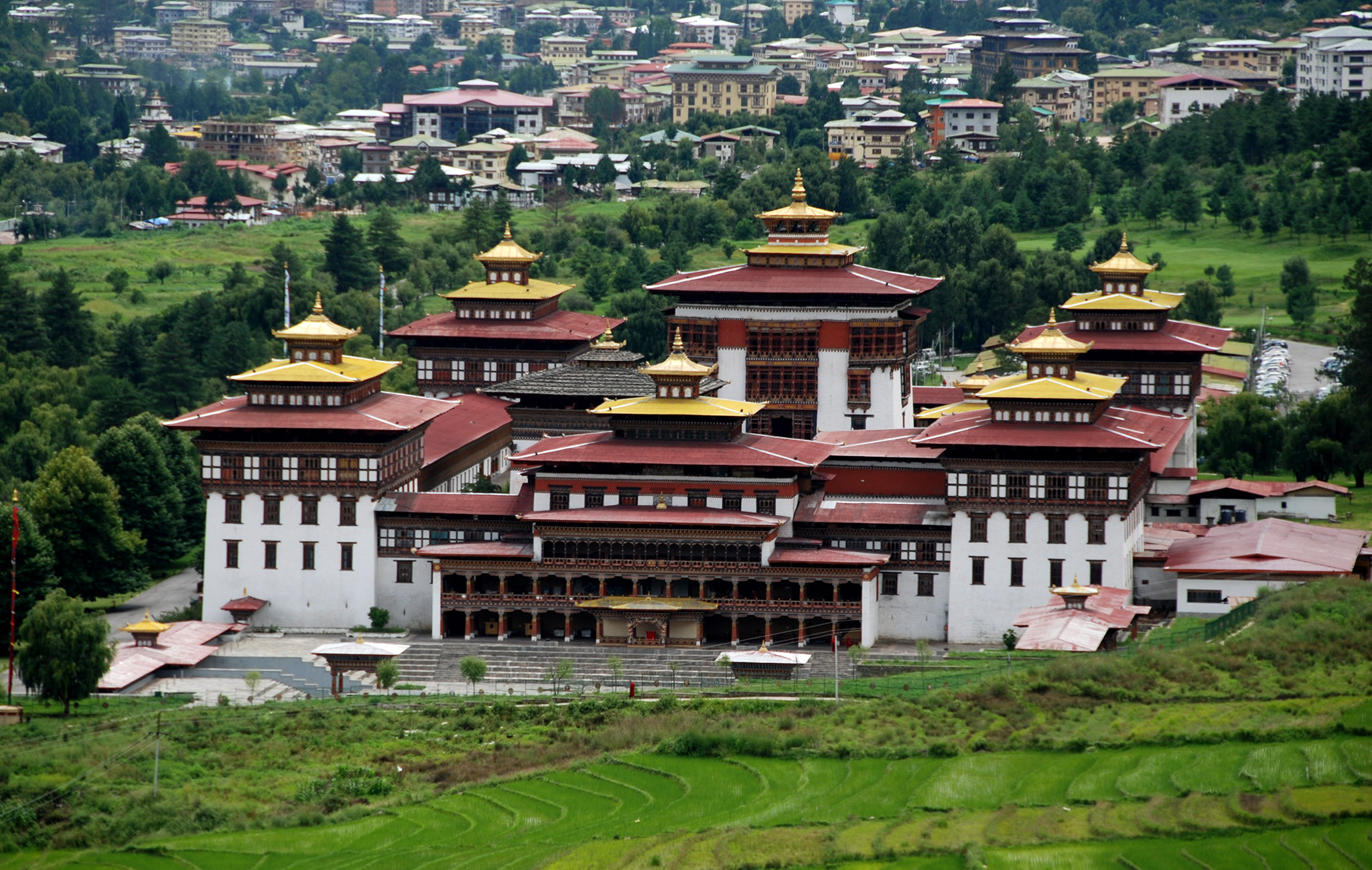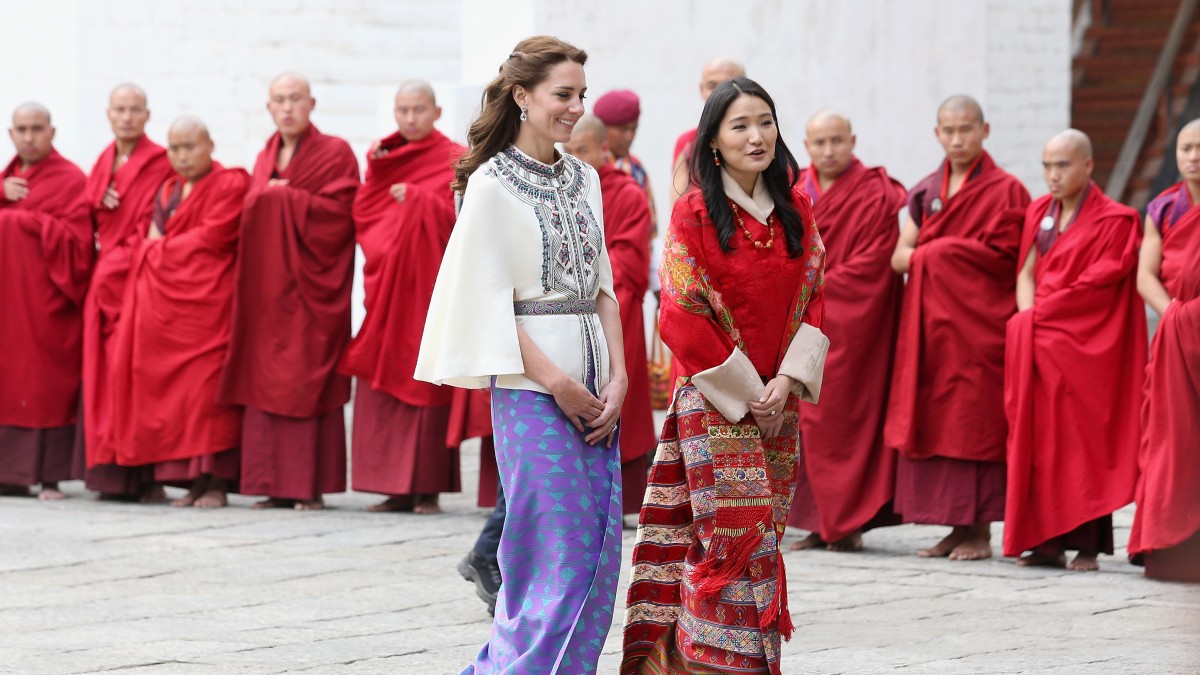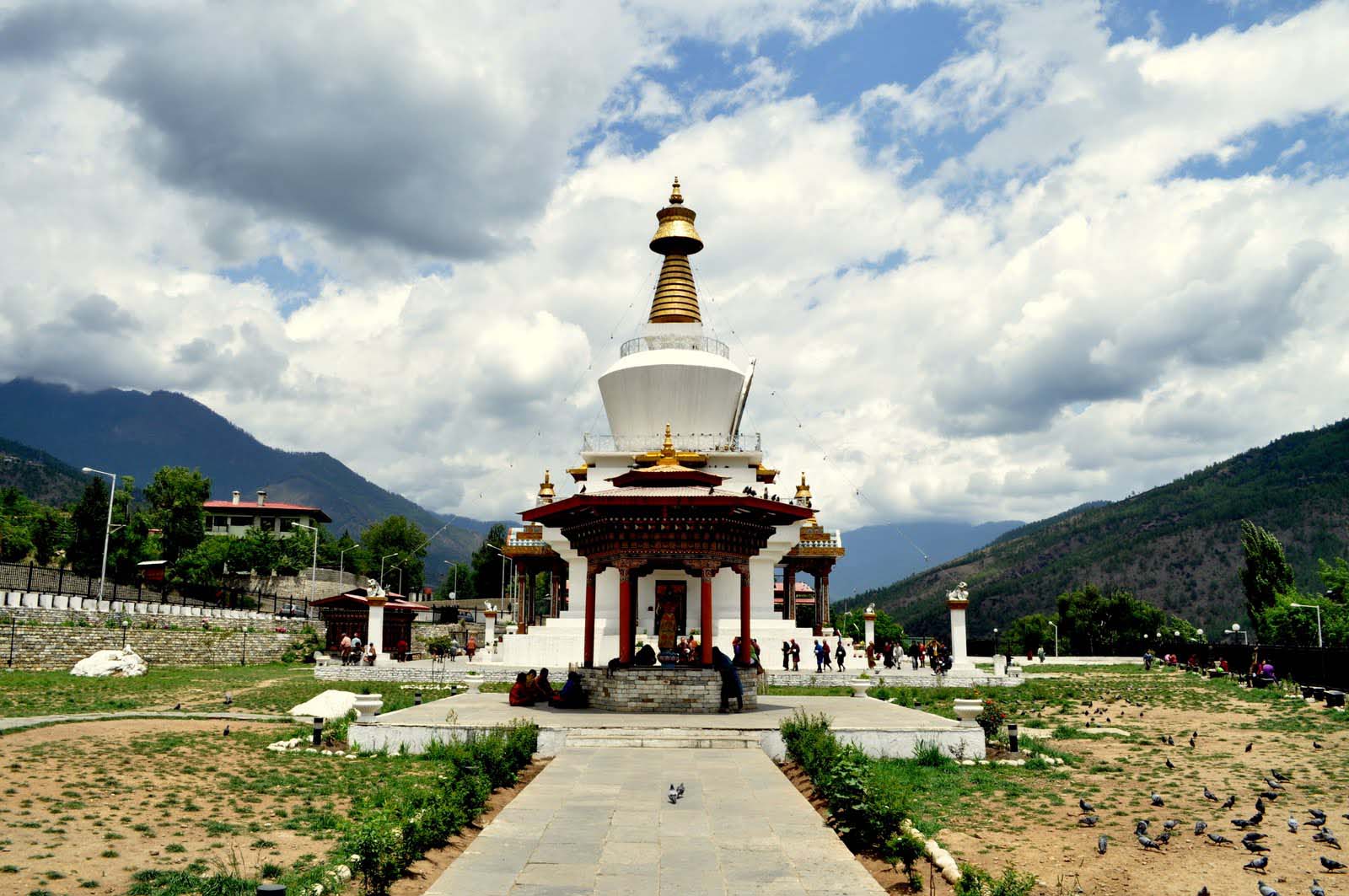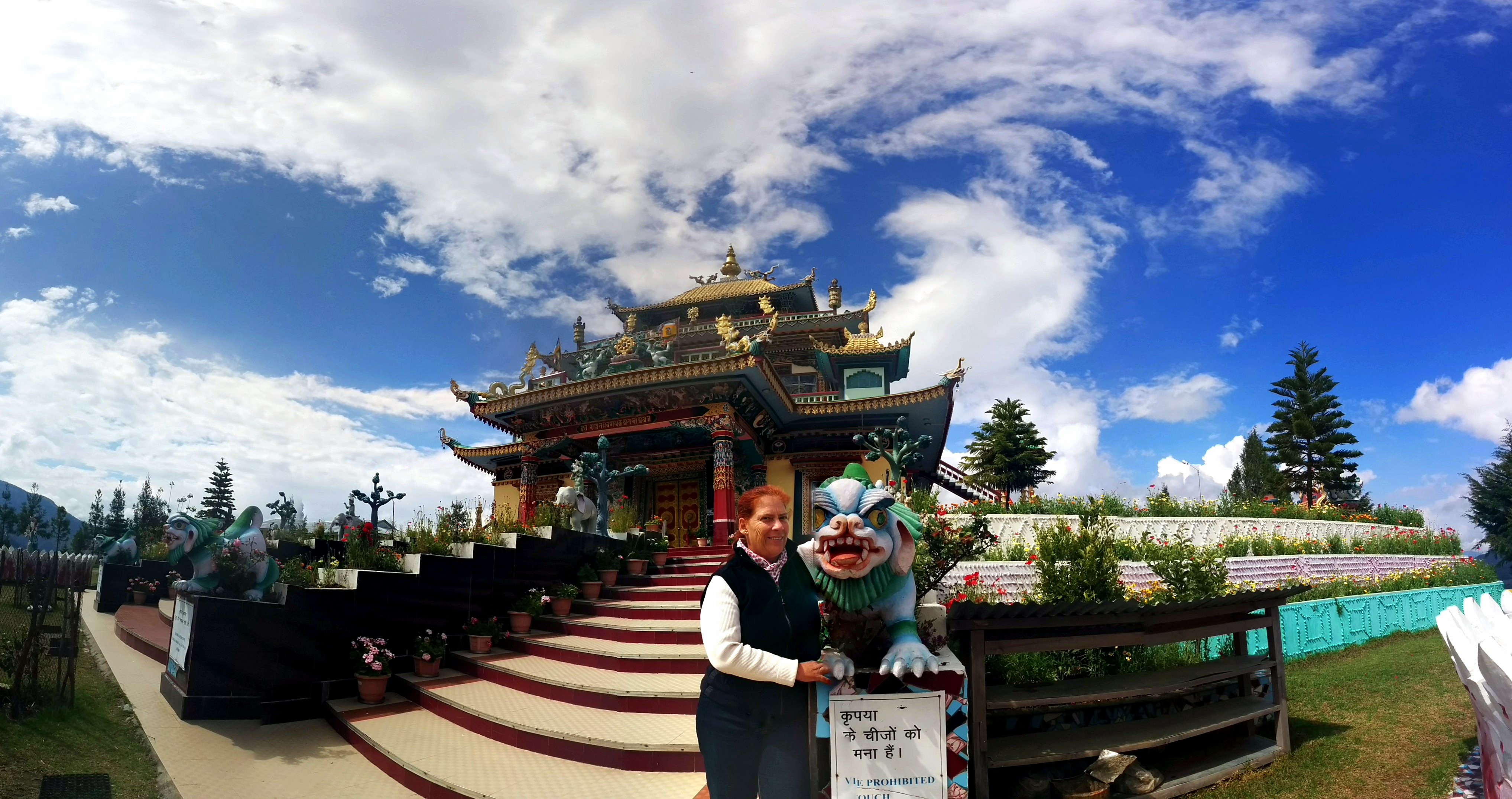- Call Us +977-9841628594 | 01-4249517
- Enquiry Now
Bhutan
Officially called as the Kingdom of Bhutan, Bhutan is a landlocked country in South Asia. Bhutan locates at the eastern end side of Himalaya. This serene kingdom is bordered by People’s Republic of china to the north and to the East, West and South by India. The Indian state of Sikkim separates Bhutan from Nepal in the West. The Indian states of West Bengal and Assam separate Bhutan from Bangladesh. Its capital is Thimphu, and does known worldwide as a peaceful, preserved and nature love small piece of heaven. The Royalties of Bhutan are much loved worldwide due to their grounded and nature friendly approaches. Now, as far as tourists are concerned, there is a lot for tourist in Bhutan. In so many ways like Nepal, Bhutan is typically and wholly a Buddhist kingdom unlike secular Nepal. Your travel to Bhutan will be a unique and fulfilling experience, based on our team’s and previous travelers’ experiences. From Buddhist heritages, amazing landscapes, new culture, Himalaya, hospitality to preserved natural beauty, Bhutan never ceases to impress. Bhutan’s northern Su-alpine Himalayan heights have peaks above 7,000m.
 No-shopping | Group Tour
No-shopping | Group Tour 8 Days
8 Days English
English
Overview
Arrival at Tribhuwan international airport we will escort to your hotel at center of thamel, we may also stroll in the streets of Thamel, a tourist hub in Kathmandu for some souvenir shopping.
Itinerary
Day 1Kathmandu
Arrival at tribhuwan international airport we will escort to your hotel at center of thamel, we may also stroll in the streets of Thamel, a tourist hub in Kathmandu for some souvenir shopping. In the evening, there will be a welcome dinner at traditional Nepalese restaurant with cultural dances hosted by company for dinner. Overnight in Kathmandu.
Included meals: D(dinner)
Day 2Paro
kathmandu- paro(1.15 hours of flight)
PARO: This beautiful valley encapsulate a rich culture, scenic beauty and hundreds of myths and legends. It is home to many of Bhutan’s oldest temples and monasteries, the country’s only airport, and the National Museum. Mt. Jumolhari (7,300m) reigns in white glory at the northern end of the valley, its glacial waters plunging through deep gorges to form the Pa Chu (Paro River). The Paro valley is one of the kingdom’s most fertile, producing the bulk of Bhutan’s famous red rice from its terraced fields.
Transfer for the flight by Druk Air, Bhutan’s national airline to Paro, the country’s only airstrip.
The flight into the Kingdom of Bhutan gives spectacular breath-taking views of Himalayan peaks including Bhutan’s sacred Mt. Jumolhari and Jichu Drake and particularly exciting is the section through the Bhutanese foothills and the thrilling landing.
On arrival at the airport, representatives of Eco Adventures, Bhutan will meet and transfer to hotel.
After a relaxed lunch at the hotel, we can make sightseeing in Paro which includes:
National Museum (Ta Dzong) which was once used as the watch tower for the Dzong.
Paro Rimpung Dzong, one of Bhutan’s most impressive and well-known Dzong.
(The walk from Dzong to the old traditional covered wooden bridge takes you 10 minutes and is worth a beautiful walk downhill)
Kychu Lhakhang, the oldest Buddhist temple in Bhutan, built in the 7th century by the first king of Tibet. Afternoon free to stroll in the town on your own. Overnight in hotel
MEAL: B/L/D
Day 3PARO
PARO- THIMPU SIGHTSEEN
THIMPHU: the capital town of Bhutan, and the center of government, religion and commerce, Thimphu is a lively place, an interesting combination of tradition and modernity. Home to civil servants, expatriates and the monk body, Thimphu maintains a strong national character in its architectural style.
This Morning we drive to Thimphu, the capital town of Bhutan. The drive meanders along the banks of Pa Chu & Thim Chu (River) and takes1 ½ hours. Thimphu is relatively small town with a population of just 80,000 people. A day to explore the sites of this least visited of Himalayan capitals & your visit includes:
National Memorial Chorten: The building of this chorten was originally the idea of Bhutan’s third king, H.M. Jigme Dorji Wangchuck (“the father of modern Bhutan”), who had wished to erect a monument to world peace and prosperity, but was unable to give shape to his idea in his lifetime due to pressures of state. After His Majesty’s untimely death in 1972, the Royal Family and Cabinet resolved to fulfill his wishes and erect a memorial that would perpetuate his memory and also serve as a monument to peace. The National Memorial Chorten was consecrated on July 28, 1974. The finely executed wall paintings and delicately fashioned statues within the monument provide a deep insight into Buddhist philosophy.
Institute for Zorig Chusum: Commonly known as the Painting School, the Institute offers a six-year course on the 13 traditional arts and crafts of Bhutan. On a visit one can see students learning the various skills taught at the school.
National Library: The National Library was established in the late 1960s primarily to conserve the literary treasures which form a significant part of Bhutan’s cultural heritage. It now houses an extensive collection of Buddhist literature mostly in block-printed format, with some works several hundred years old. This collection, known as the Choekey Collection, mainly comprises Buddhist literature written in Choekey, the religious script of Northern Buddhism, but also includes works written in Tibetan and in Dzongkha, Bhutan’s national language. There is also a small Foreign Books Collection, stock of which mainly comprises works written in English, with subject interest on Buddhist studies, Bhutan, the Himalayan region and neighboring countries.
Drupthob Nunnery monastery: One of the oldest living institutions for the Nuns founded by His Holiness the Dilgo Khantsye Rinpoche in the early 1970’s.
Changangkha Lhakhang: Another oldest temple worshiped by the Thimphu resident and the new born babies must be taken to get blessed and get their first names.
Tashichhodzong: The “fortress of the glorious religion” was initially erected in 1641 and rebuilt by King Jigme Dorji Wangchuck in the 1960s. Tashichhodzong houses some ministries, His Majesty’s secretariat, and the central monk body. It is open to visitors after 5 pm after the office hours.
Overnight in hotel.
INCLUIDED: B/L/D
Day 4THIMPU-PUNKHA
THIMPU-PUNKHA SIGHTSEEN
PUNAKHA: served as the capital of Bhutan until 1955 and still it the winter seat of the Je Khenpo (Chief Abbot). Blessed with a temperate climate and fed by the Pho Chu (male) and Mo Chu (female) rivers, Punakha is the most fertile valley in the country.
After early breakfast drive to Punakha (approx 3 hours), the old winter capital. Leaving
Thimphu the road climbs via a series of zigzags over the Dochu La Pass, 10,500ft/3,200m. On a clear day panoramic views can be had of the eastern Himalayas, including Bhutan’s highest mountain, Gangkar Punsum, 24,770ft/7,550m. Dochu la is also marked with 100 stupas which are beautifully designed on a small hillock. The road drops down through varied forest finally emerging into the highly-cultivated Punakha valley.
Make a short 30 minutes gradual walk to Chimi Lhakhang, built by Drukpa Kuenley’s popularly known as the “Divine Madman” It is famous for the fact that infertile women visit this temple to pray for children.
THE “DIVINE MADMAN” – Drukpa Kuenley (1455-1520)
In Bhutanese mythology, Drukpa Kuenley is one of the most beloved and revered sages of Tibetan Buddhism. Many are the legends that surround him and he followed a wandering lifestyle and was both an eccentric and a highly regarded saint. He was renowned for his shocking behavior and his ability to perform miracles. He talked a form of Tantric Buddhism and advocated that sexual freedom was at the centre of Truth. The wooden phalluses that hang from the corners of Bhutanese houses and the paintings of penises that you often see on either side of the front door of houses are a relic of his teachings.
After lunch visit Punakha Dzong located on the confluence of the Mo (female) & Pho (male) Chu rivers. The Dzong built in 1637 AD houses the district administration offices and is also the winter residence of the State Monastic Body and its Chief Abbot, the Je Khenpo. Drive back to Wangdue for another 30 minutes. Overnight in Resort.
INCLUED: B/L/D
Day 5PUNKHA-WANGDUE
PUNKHA-WANGDUE SIGHTSEENING
This morning you will drive the 20kms to Sha valley. It is a wide beautiful valley.
The activities there is mainly hiking in the valley. Overnight In Punakha
Day 6PUNKHA-PARO
PUNKHA-PARO VIA THIMPU
Drive back to Paro via Thimphu this morning visit weekend market, Handicraft emporium where you can see and purchased the unique textiles of Bhutan, Changlimithang archery ground to see the national game, Traditional handmade paper factory & General post office if you are interested in stamps. After lunch drive to Paro. Overnight in hotel.
Day 7TAKSANG
HIKE TO TAKSANG
This morning we hike up to Taksang, poplarly known as tiger’s nest. It is perched some 2,000ft/610m up on a cliff overlooking the valley and was said to be where the legendary Indian saint, Guru Padmasambhava, flew from the region of Tibet on the back of the tigress and converted Paro valley into Buddhism. It takes approximately 5-6 hours round trip.
In the afternoon, visit Drugyel Dzong, the ruined fort towards the north of the valley, which once defended the valley from further attacks. Although in ruins, this Dzong is of great historical importance that Bhutanese forces have defeated the Tibetan invasions. On a clear day, one can get a spectacular view of Mount Jumolhari, the sacred summit (24,000ft).
Tonight we celebrate a last meal with the Bhutanese host as we say goodbye to this magical kingdom.
INCLUED: B/L/D
Day 8KATHMANDU
DEPATURE FROM PARO TO KATHMANDU
After breakfast, you will be transferred to the Airport to board your flight for Kathmandu. When you arrive you may choose to stay one more day in kathamndu either to catch your connecting flight to your final destination
INCLUED: B
Whats Included
All 3 Star accommodation during the whole trip.
(The hotels to be noted to Tourism Council of Bhutan which they approve based on the hotels they have recognized. Therefore we are only allowed to use those hotels standardized by Tourism Council of Bhutan.
All sightseeing in the private transport.
All meals included on the entire trip and mineral waters.
All entrances fees, permit and museum fees.
US$ 10 Tourism Development Fund.
Experienced tour guide on the entire trip.
Whats Excluded
Important News
Cost Excludes:
Airfare, travel insurance, miscellaneous such as laundry, bar bills, telephone calls, etc.

